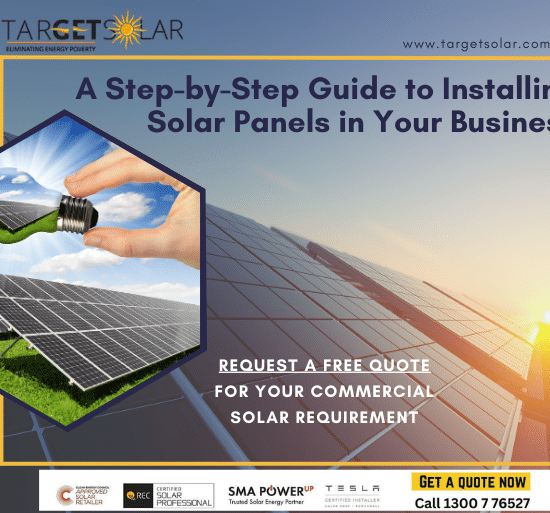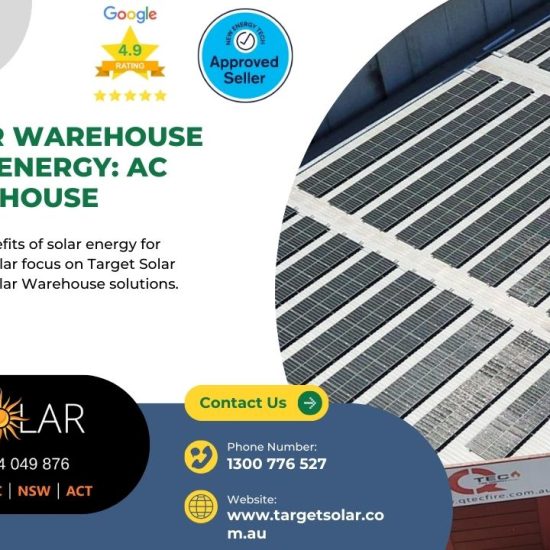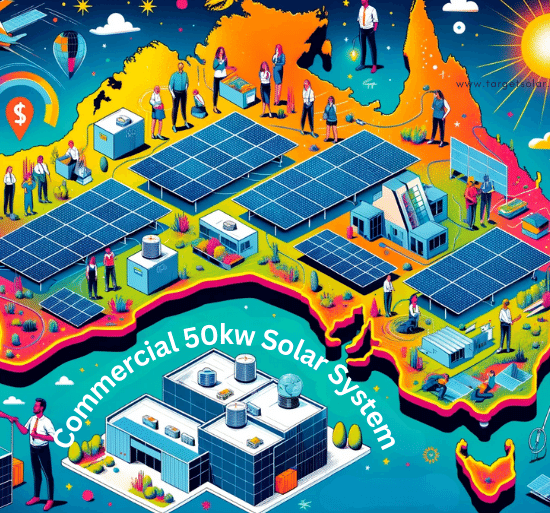Solar energy is not just an alternative; it’s a forward-thinking solution that is both eco-friendly and cost-efficient. Solar panels have become a common sight, but the heart of any solar energy system lies in the inverter. This blog post delves into the importance of choosing the right solar inverters and provides a guide to residential and commercial solar installation.
What are Solar Inverters?
Solar inverters play a vital role in converting the DC electricity generated by solar panels into AC electricity that can be used by household appliances and grid systems. Maximizing efficiency through the best solar inverters is crucial to harnessing the optimal energy output.
Types of Solar Inverters
- String Inverters: Used in residential and small commercial installations, these inverters connect a series of panels in a ‘string’, converting their power simultaneously.
- Microinverters: Often utilized in residential installations, microinverters convert energy at the panel level, allowing for greater flexibility and efficiency.
- Central Inverters: These are typically used in large commercial installations and connect multiple strings of panels.
- Hybrid Inverters: Combining functionalities, hybrid inverters can work with battery storage, offering energy backup and increased efficiency.
Maximizing Efficiency
Selecting the best solar inverter for your system is paramount to maximizing efficiency. Consider the following factors:
- Compatibility: Ensure the inverter is compatible with your solar panel specifications.
- Reliability: Look for inverters with a proven track record of durability and performance.
- Features: Modern inverters offer features like remote monitoring, smart grid compatibility, and more.
Residential Solar Installation Guide
- Assessment and Planning: Consider your energy consumption pattern, available space, and budget.
- Choosing Components: Select solar panels, inverters, and mounting systems that suit your needs.
- Installation: Hire experienced professionals who comply with local regulations and standards.
- Maintenance and Monitoring: Regular inspections and remote monitoring will help maintain efficiency.
Commercial Solar Installation Guide
- Feasibility Study: Evaluate your energy requirements, potential savings, and ROI.
- System Design: Custom design a system with the best solar panels and inverters for your business.
- Installation and Commissioning: Collaborate with reputable commercial solar installers for a seamless process.
- Ongoing Support: Regular maintenance and support to ensure optimal performance.
How Solar Inverters Work: An Example
Solar inverters are the essential components that allow the electricity generated by solar panels to be used by everyday appliances. But how exactly do they do this? Let’s break it down using a typical residential solar energy system as an example.
- Solar Panel Generation: Solar panels consist of photovoltaic (PV) cells that capture sunlight and convert it into direct current (DC) electricity.
- DC to Inverter: The DC electricity travels from the solar panels to the solar inverter. At this stage, the electricity is in a form that is not yet usable by standard household appliances.
- Inverter Conversion: This is where the solar inverter comes into play. It takes the DC electricity and “inverts” it into alternating current (AC) electricity. AC electricity is the standard form of electricity used in most homes and businesses.a. String Inverters: If using a string inverter, all the panels in a ‘string’ send their DC output to one inverter, which then converts it to AC.b. Microinverters: If using microinverters, each panel has its own small inverter attached. This means that the DC to AC conversion happens right at the panel, allowing for greater efficiency and less energy loss.
- AC to Home: The AC electricity then travels from the inverter to your home’s electrical panel, where it’s distributed to your lights, appliances, and other devices.
- Monitoring and Control: Many modern inverters also come with monitoring systems. These allow you to view how much electricity you’re generating and using, often via a smartphone app or computer program.
- Grid Connection (if applicable): In systems connected to the electrical grid, any excess energy can be sent back to the grid. The inverter plays a crucial role in this, synchronizing the AC electricity with the grid’s requirements.
- Hybrid Systems: If your system includes battery storage (common in hybrid inverters), the inverter can also direct excess energy to the batteries for later use, such as during nighttime or cloudy days.
Conclusion
Solar energy provides an opportunity to make responsible and strategic energy choices, both in residential and commercial scenarios. Investing in the best solar inverters and understanding the nuances of installation can significantly impact your system’s overall efficiency and satisfaction. Target Solar is here to guide you through this journey with expertise and customized solutions tailored to your needs.
Contact us to find out how you can embark on a sustainable path with our solar solutions, or check our Google reviews to see what our satisfied customers have to say.





